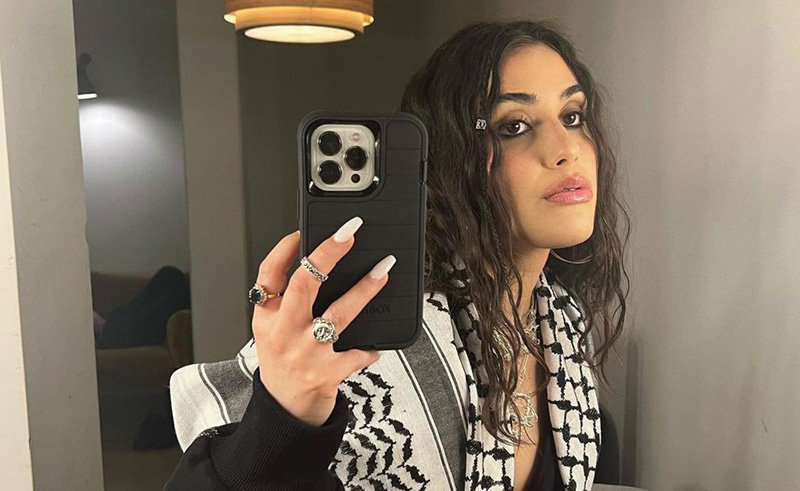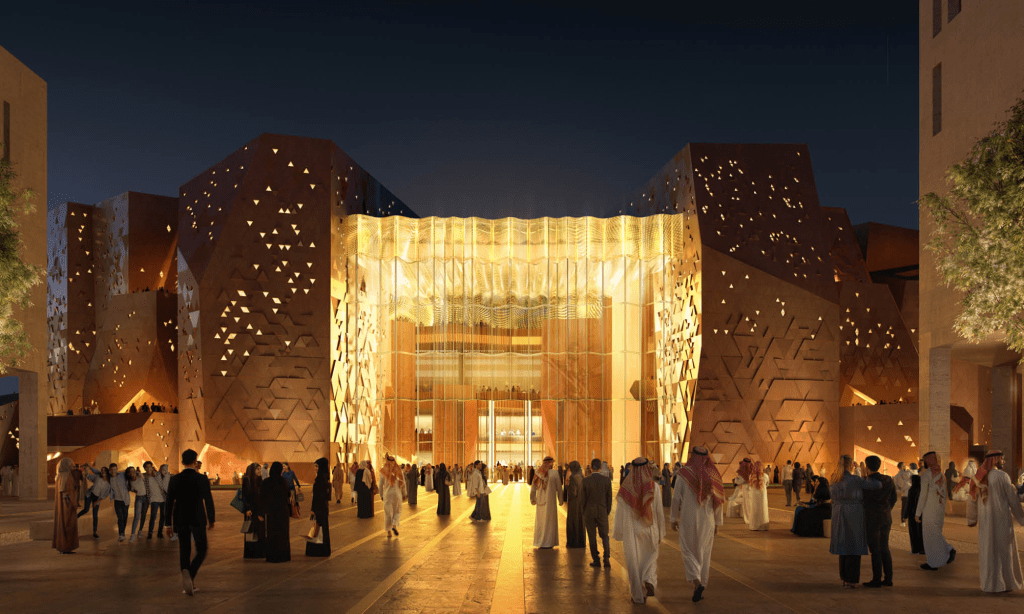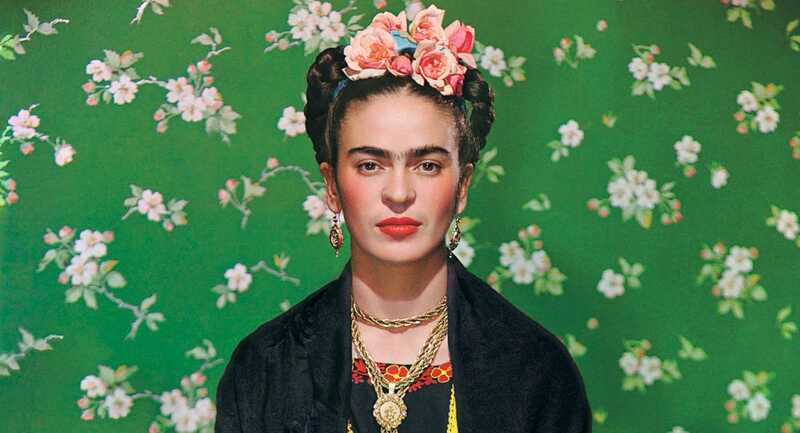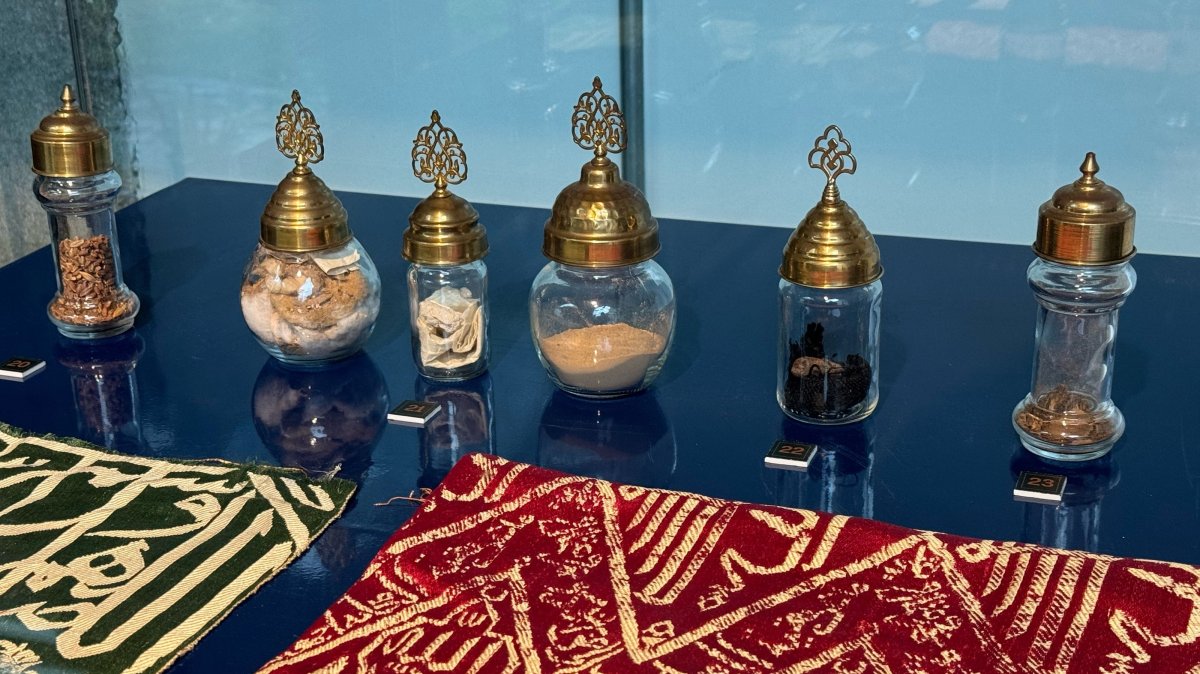“I write a lot from my own experiences. I think everything I write comes from my own emotions,” begins Palestinian American artist Lana Lubany.
“I’m a very emotional person, and I need to express my emotions somehow. Sometimes, I find it hard to be vulnerable through just words, so I do it through my lyrics,”.
“If I’m heartbroken, if I’m sad, if I’m happy, if I’m proud — I think for me, that’s what songwriting is: expressing my emotions and expressing myself.”
This raw emotional honesty has become the core of Lana’s music and a key factor in her growing success.
Based primarily in the UK, she has gained recognition for blending her Palestinian-American heritage with Western influences, often incorporating bilingual lyrics that mix Arabic and English. Her openness in addressing mental health in all its forms is also reflected in her music, and to this day, it has resonated with many listeners.
Rewinding to 2022, Lana’s career breakthrough moment came when her track The Snake went viral on TikTok. The video showed her sharing her first-ever bilingual song with her mother, which gained massive attention, resulting in over seven million streams on Spotify.
A dark-pop, bilingual song that enchants with its hypnotic rhythm, The Snake explores themes of lost innocence and the first realisation that there is evil in the world.
When asked why she believes her music resonates with so many, Lana shares, “I think authenticity is super, super important to me, and I can’t do anything inauthentic. So that comes out in my music.”

Musical evolution
While authenticity remains at the heart of her work, Lana honours the artists who shaped her musical journey.
As she puts it, “I grew up listening to jazz, folk, and even artists like Britney Spears and Disney Channel icons, all of whom played an important role in influencing my sound.”
Over time, Lana became drawn to artists like Spanish singer Rosalía, whose influence is evident in her track SOLD, which some have described as reminiscent of Rosalía’s heartbreak ballads.
Lana’s connection to American singer-songwriter and musician Billie Eilish is also evident in her music, with certain tracks featuring an electronic, ‘Finneas-esque’ chorus that recalls some of Billie’s most successful early singles.
Additionally, Lana cites American singer Leon Thomas as another key influence.
In reflecting on her musical journey, Lana emphasises that while she identifies as a “Western-style singer,” the Arabic music she grew up with played a key role in her evolution and continues to shape her sound.

Navigating inner battles
Speaking about her first EP, The Holy Land, released in 2023, Lana explains that it represents her true artistic expression, capturing her personal coming-of-age story and journey toward self-acceptance.
In Lana’s words, The Holy Land was about discovering “who I am” and realising “it’s okay to be myself.”
She explains, “I created this project while I was living my life, figuring myself out. It took time to release, but it was worth it. Now, when I feel lost, I go back to it, and it reminds me that it’s okay to be myself. It’s like my anchor.”
Touching on some of the tracks from the EP, Lana explains that Renaissance was born from her struggle with newfound public attention and pressure.
She shares, “Renaissance was me figuring out how to navigate being myself, but slightly publicly. It was me struggling with feeling like I wasn’t enough, feeling like I was running out of time, and feeling like I was in this rat race, but now there were eyes on me, and this new pressure I had never felt before. At the same time, I felt all these things, but I also felt like I was doing something really cool and very different — changing my life, and perhaps even changing the lives of others as well. It was a very introspective song.”
Another pivotal track, Point of No Return, came together naturally with the help of her collaborator, Ben Thomson.
Lana recalls, “Point of No Return was a song that came very, very naturally. Ben and I were just sitting on the floor, and he was playing this beautiful guitar, and it just came out. I think I still have the recording somewhere. It came out so beautifully. The song itself is about depression, about being at my lowest point, feeling like there’s no way out, like you’re at the point of no return.
“I wanted the music video for Point of No Return to reflect how I felt in my head during my lowest moments. That’s why the video takes place in a blank, black studio, with rain falling on me while I’m just feeling my emotions. It was a very challenging video to film because I was freezing cold, and you can see it when I exhale — the cold air coming out. It’s a one-take shot, and we filmed it on film, which I think is a beautiful touch.”
Discovering versus exploring
As for Lana’s second EP, YAFA, released last year, she explains that, unlike The Holy Land, which was about “discovering herself,” YAFA is about “exploring herself,” particularly her Palestinian heritage.
She describes the EP as a “love letter to my home and my identity,” where she expresses both gratitude and a sense of feeling “in-between worlds.”
Elaborating on the latter, she explains, “It’s me exploring the feeling of not fully being myself in the world, because I feel like I belong neither here nor there. I’m very much in between worlds, and YAFA is about navigating that.”
Two tracks, in particular, reflect this exploration. One of the EP’s tracks, Nazareth, for instance, speaks to the feeling of safety and belonging.
Lana explains, “The song Nazareth isn’t just about Nazareth itself, but about the safe space I grew up in and the sense of home anyone can find. The video, shot in the desert on an extremely hot day, reflects the warmth I feel when listening to the song or being in a place like Nazareth, which symbolises home for me. The vibes of the visualiser are celebratory, just like the song and its meaning. It’s simple, but that’s what makes it effective.”

Then there’s the title track, YAFA, which Lana describes as a way of preserving memories, particularly those of her grandmother, who was from Yafa, a city that, like many other Palestinian cities, came under Israeli occupation after the 1948 Nakba.
She shares, “The woman speaking in the song is my grandmother, my teta, from my dad’s side. She would always visit us when we lived in Yafa, telling us stories about their grand home. They had a grand piano shipped from Europe, and they would host gatherings where they sang and played together. I was young when she told me these stories, so I wasn’t fully aware, but I remember them clearly.”

In sharing this, Lana reveals that the idea for YAFA came to her when she discovered a video of her grandmother telling those very stories.
“I had already created the song when I found that video, and everything just clicked. Her story and mine connected so naturally, it felt like the perfect way to preserve a memory that needed to be shared. It’s my love letter to the places that raised me — two places, both of which had an impact on who I am and who I’ve become.”
As for the YAFA visualiser, Lana describes the setting as both simple and powerful: “I’m in a room covered in red material, and the imagery symbolises so much. Everything is covered, with memories scattered on top. There’s a TV that stays off until my grandmother’s story starts, like a news flash interrupting the moment. It’s a video of her,” she says.
“Watching the video makes me emotional because it’s so simple, but so powerful. It’s just an older woman sharing her life, and even after all those years, she still remembers where she comes from. And that, to me, is so powerful.”




